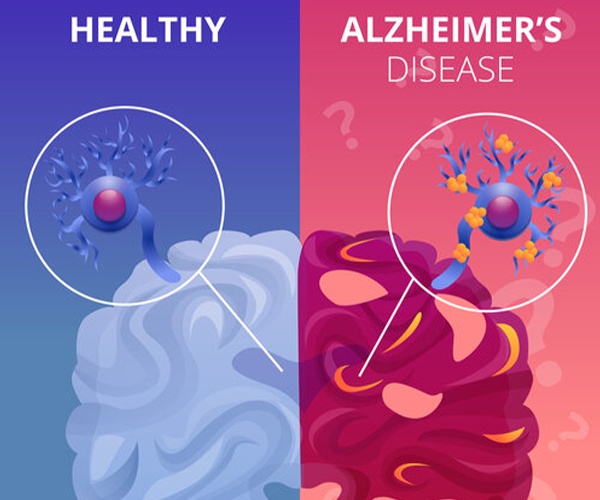New Drug Prevents Amyloid Plaque in Mice

It’s been well established that amyloid plaque is a leading cause of Alzheimer’s. If you aren’t aware, amyloid plaque is clumps of misfolded proteins that build up in the brain. They kill neurons and cause cognitive impairment. A team of researchers from the University of California San Diego School of Medicine and Massachusetts General Hospital found a drug that could alter an enzyme involved with creating amyloid plaque.

What is Amyloid Plaque Made of?
Amyloid plaque is made of small protein fragments called amyloid-beta peptides. The peptides are made by enzymes called β-secretase and y-secretase. They split a protein named amyloid precursor protein on the surfaces of neurons. This causes Aβ fragments of different lengths to release. Some of these fragments, like Aβ42, can form plaque.
Many attempts have been made to treat or prevent Alzheimer’s using drugs that pull back either β or y-secretase, but they’re highly toxic or unsafe in humans. These enzymes are needed to split other proteins in the brain and other organs.
The Study of GSMs and Amyloid Plaque
The researchers looked into the therapeutic possibility of drugs known as y-secretase modulators or GSMs. Instead of restraining the y-secretase enzyme, it changes the activity so it makes fewer Aβ peptides while still splitting protein targets.
Researchers created a new GSM and found that low doses of it got rid of Aβ42 without toxic side effects.
Treating Mice Alzheimer’s Disease
The new GSM was tested in a mouse version of early-onset Alzheimer’s. The mice were treated either before or quickly after they developed plaque. In both cases, the GSM lowered plaque formation and associated inflammation.
These findings show that the new GSM could be used to prevent Alzheimer’s in patients with genetic mutations that increase the risk of developing it, or where amyloid plaque has been found in brain scans.
This GSM hasn’t been tested on humans yet and therefore it’s not known if it’s safe. The team plans to do more trials.
Read more here.